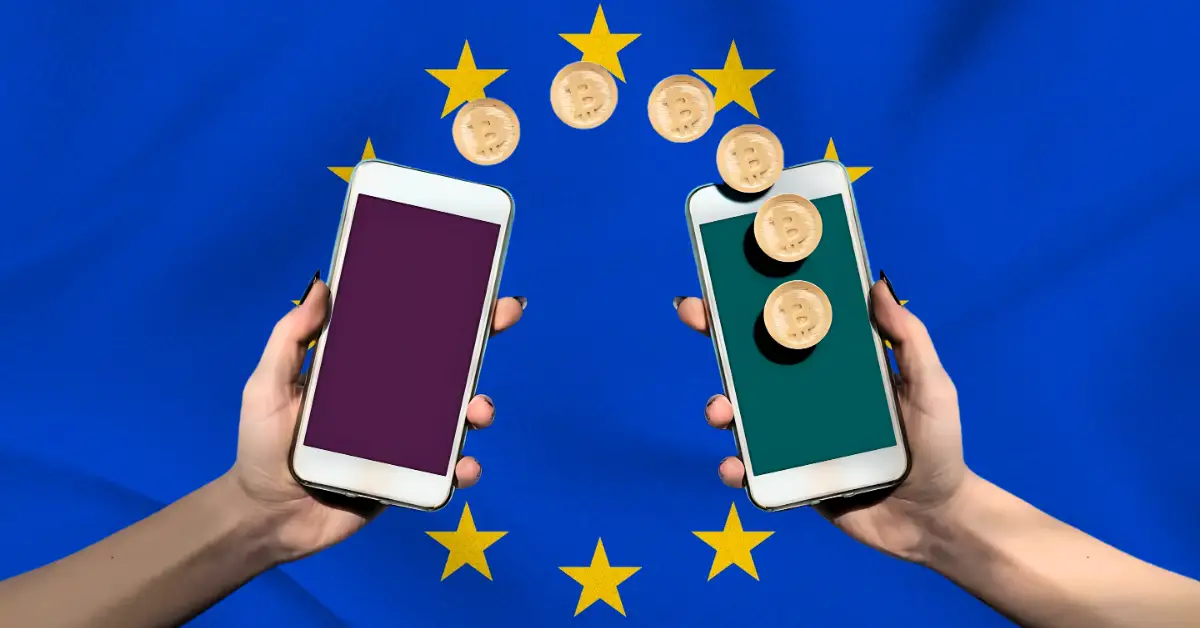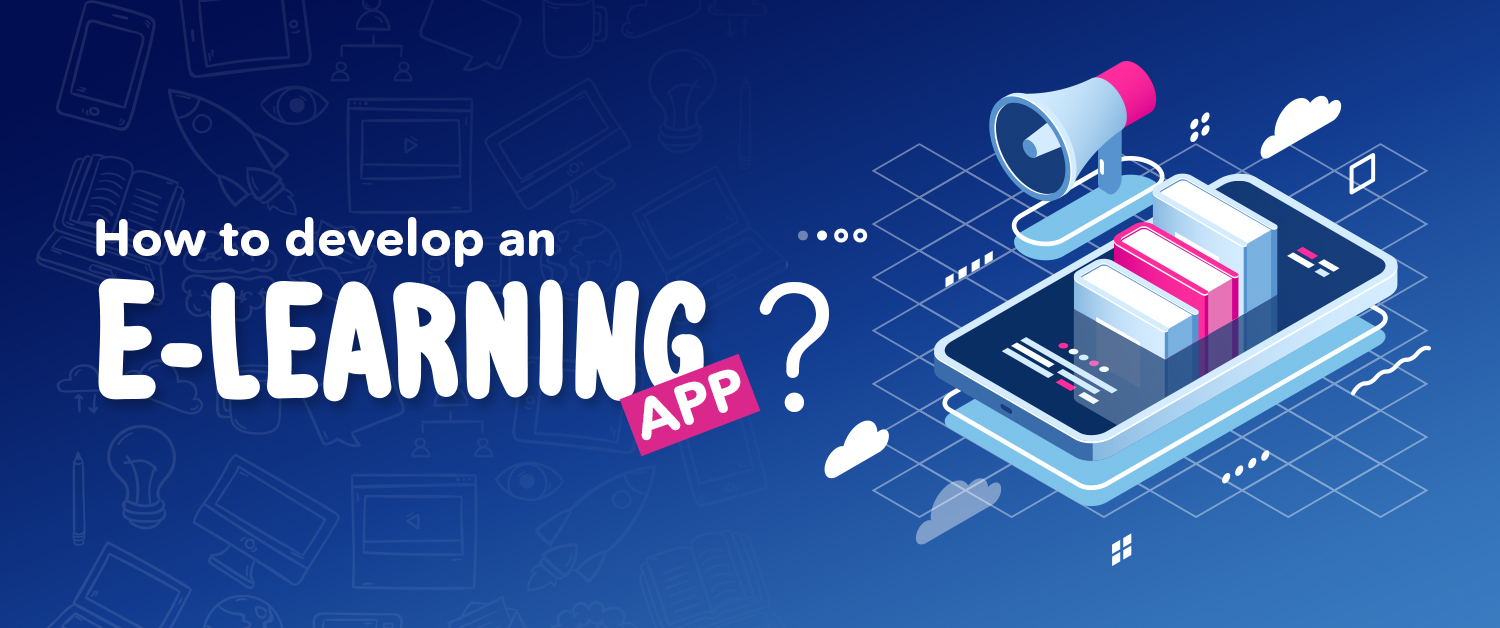In recent years, mobile crypto adoption has emerged as one of the most transformative trends in the blockchain space. By bringing blockchain technology to the fingertips of everyday users, mobile applications are enabling broader participation in decentralized ecosystems. From financial inclusion to simplified onboarding, mobile crypto apps are playing a pivotal role in driving mainstream acceptance and democratizing access to digital assets.
The Mobile Gateway to Blockchain
One of the primary challenges in early blockchain adoption was accessibility. Users had to navigate complex wallet interfaces, manage private keys manually, and often possess a baseline of technical knowledge. Mobile crypto apps have eliminated many of these barriers. Today, with just a smartphone and internet connection, users anywhere in the world can set up a wallet, store assets, trade tokens, and interact with DeFi protocols in a matter of minutes.
Mobile crypto adoption has turned smartphones into powerful blockchain gateways, empowering individuals in regions where traditional banking infrastructure is limited or entirely absent. In Africa, Southeast Asia, and Latin America, where mobile penetration far exceeds banking penetration, crypto wallets on mobile devices are filling the financial services gap.
Empowering the Unbanked
According to the World Bank, over 1.4 billion people worldwide remain unbanked. However, many of these individuals have access to mobile phones. With mobile-based crypto wallets, these users are gaining access to savings tools, remittance services, and micro-investment opportunities that were previously out of reach.
This shift is particularly significant in regions plagued by hyperinflation or currency instability. In countries like Venezuela or Zimbabwe, mobile crypto solutions are offering a safer and more stable alternative for value storage. Mobile crypto adoption is not just a convenience—it is a lifeline for economic empowerment and financial freedom.
User Experience Driving Mass Adoption
A key factor behind the rise of mobile crypto adoption is improved user experience. Developers are designing mobile interfaces that are intuitive, secure, and user-friendly. Biometric logins, social recovery, and embedded wallet technologies are reducing the friction traditionally associated with crypto onboarding.
Furthermore, mobile crypto apps are integrating seamlessly with everyday digital experiences. Whether it’s tipping creators on social media, earning rewards in blockchain-based games, or making e-commerce payments in stablecoins, mobile platforms are bringing crypto into daily life. These integrations are making blockchain feel less like a futuristic concept and more like a practical tool.
Challenges to Overcome
Despite the progress, mobile crypto adoption still faces challenges. Security is paramount—mobile devices are susceptible to phishing, SIM swaps, and malware. Education remains another hurdle, as users must understand the risks of self-custody, transaction fees, and blockchain volatility.
There’s also the issue of scalability. As more users onboard through mobile platforms, networks must scale to handle increased traffic without compromising speed or affordability. Layer-2 solutions and more efficient consensus mechanisms are addressing these concerns, but they must be integrated thoughtfully into mobile experiences.
The Road Ahead
As we look to the future, mobile crypto adoption is set to be a cornerstone of blockchain’s evolution. With global smartphone usage projected to reach over 7.5 billion by 2026, the potential for mobile platforms to onboard the next billion users is immense. Governments, startups, and global organizations are recognizing this trend and investing heavily in mobile-first blockchain solutions.
The fusion of mobile technology and blockchain is more than a convenience—it’s a movement toward financial inclusion, digital sovereignty, and global participation in the decentralized economy. From apps to access, mobile crypto is rewriting the rules of who can engage with the financial system, and how.


